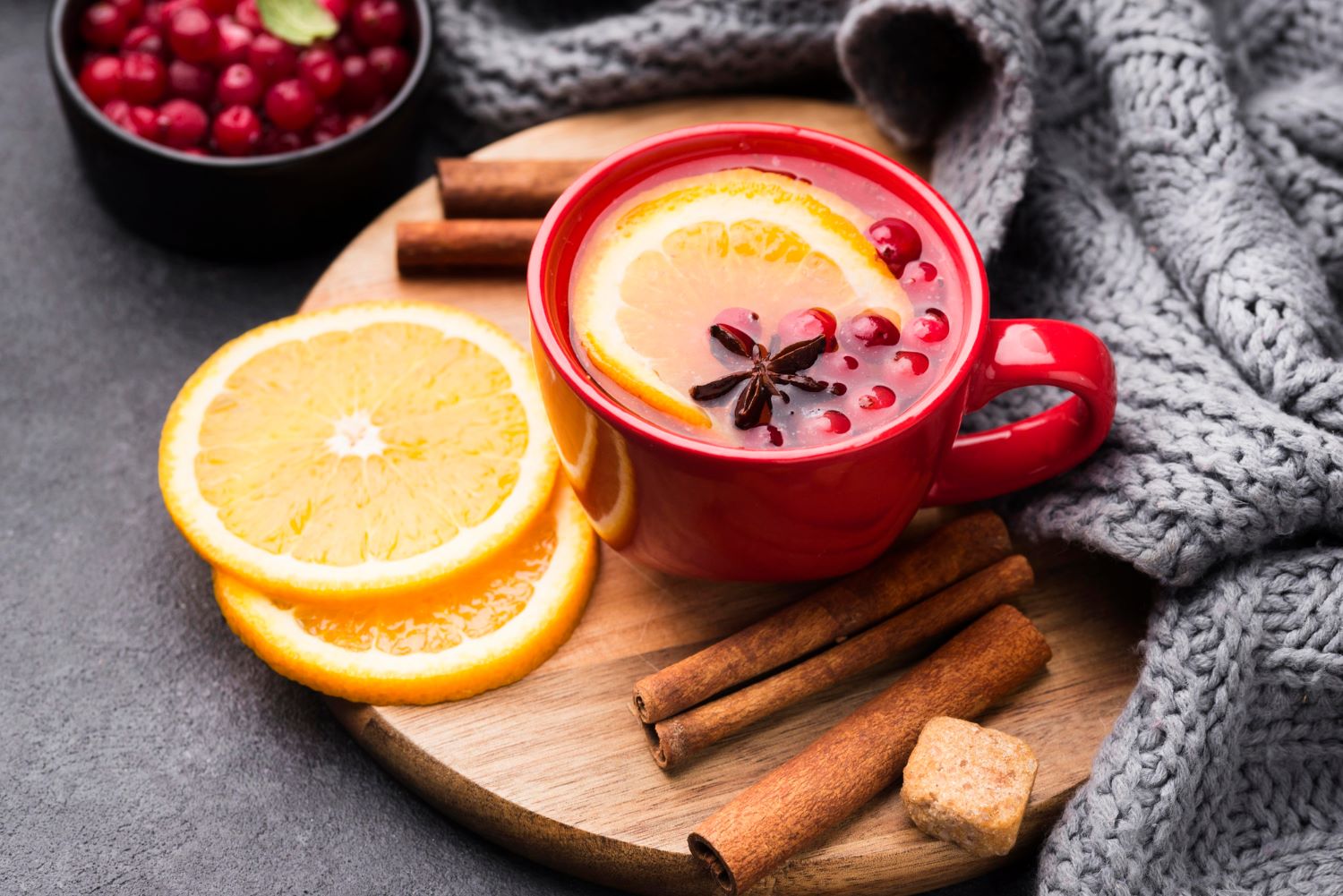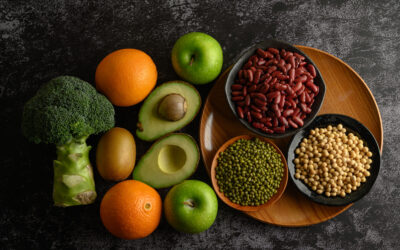As the cooler months approach, many individuals with chronic pain conditions, such as arthritis, fibromyalgia, and other inflammatory disorders, may experience heightened symptoms. Cold weather often exacerbates joint pain and inflammation, making it more difficult to manage daily activities. While medication and therapy play an essential role in pain management, dietary changes can significantly contribute to alleviating pain and reducing inflammation. This blog explores the role of an anti-inflammatory diet in managing chronic pain during cooler months, focusing on nutrient-rich foods such as turmeric, leafy greens, and fatty fish.
Understanding Chronic Pain and Inflammation
Chronic pain is often rooted in inflammation, a natural immune response to injury, infection, or harmful stimuli. While acute inflammation is beneficial for healing, chronic inflammation can persist and lead to long-term pain. Conditions like arthritis, fibromyalgia, and autoimmune diseases are often accompanied by this type of ongoing inflammation.
The good news is that the foods we eat can either contribute to or reduce inflammation. Adopting an anti-inflammatory diet is a natural approach to managing pain and supporting overall well-being, particularly when the colder months make chronic conditions worse.
Key Foods in an Anti-Inflammatory Diet
1. Turmeric: Nature’s Powerful Anti-Inflammatory Spice
Turmeric contains curcumin, a compound known for its potent anti-inflammatory and antioxidant properties. Curcumin inhibits molecules that trigger inflammation, making it a valuable addition to any diet aimed at reducing chronic pain. Studies suggest that curcumin can reduce joint inflammation and improve mobility in those with arthritis.
How to include it: Add turmeric to soups, stews, and curries, or enjoy a warming turmeric latte during cooler months for a soothing anti-inflammatory boost.
Learn more about how natural foods can support your health at New Vitality.
2. Fatty Fish: Rich in Omega-3 Fatty Acids
Omega-3 fatty acids, found in fatty fish such as salmon, mackerel, and sardines, are well-known for their ability to fight inflammation. Omega-3s reduce the production of inflammatory cytokines, which can alleviate pain caused by chronic conditions like arthritis. They also support joint health and reduce stiffness, making them particularly beneficial during the colder months when pain tends to flare.
How to include it: Aim to eat fatty fish at least twice a week. Grilled or baked salmon with a side of roasted vegetables makes for a delicious, nutrient-packed meal that can ease inflammation.
3. Leafy Greens: Loaded with Antioxidants and Vitamins
Dark, leafy greens such as spinach, kale, and Swiss chard are rich in antioxidants and vitamins, including vitamins C and K, which help combat inflammation. These vegetables also contain chlorophyll, a natural detoxifier that supports immune health and fights oxidative stress—both key factors in managing chronic inflammation.
How to include it: Incorporate leafy greens into salads, smoothies, or as a sautéed side dish. During the cooler months, warm vegetable soups with added greens can be both comforting and nourishing.
4. Ginger: Warming and Anti-Inflammatory
Ginger, like turmeric, has powerful anti-inflammatory effects. It works by inhibiting the same inflammatory pathways as traditional pain relief medications, but without the side effects. Ginger is also warming, making it ideal for the cooler months when joint stiffness and pain are often exacerbated.
How to include it: Fresh ginger can be added to teas, smoothies, or stir-fries. Incorporating ginger into soups or roasted vegetables provides both flavor and anti-inflammatory benefits.
5. Berries: Packed with Antioxidants
Berries such as blueberries, strawberries, and raspberries are packed with antioxidants known as flavonoids. These compounds reduce oxidative stress and inflammation, which are key drivers of chronic pain. Berries are also low in sugar compared to other fruits, making them a healthy choice for maintaining balanced blood sugar levels.
How to include it: Enjoy a handful of fresh berries with breakfast, or blend them into smoothies for a refreshing and anti-inflammatory snack.
Discover more dietary tips for reducing inflammation at New Vitality.
Hydration and Its Role in Reducing Inflammation
Proper hydration is often overlooked in pain management. Dehydration can worsen inflammation, leading to increased stiffness and pain, especially during the colder months when we might forget to drink as much water. Aim to drink plenty of water throughout the day, and consider herbal teas with anti-inflammatory properties such as chamomile or green tea.
Lifestyle Tips for Managing Inflammation in Cooler Months
In addition to an anti-inflammatory diet, incorporating healthy lifestyle habits can help manage chronic pain:
- Stay Active: Gentle, low-impact exercises such as walking, swimming, and yoga can help reduce stiffness and improve joint mobility. Physical activity promotes circulation and helps to combat the negative effects of a sedentary lifestyle, which can worsen pain.
- Maintain a Healthy Weight: Carrying extra weight can place additional stress on your joints, exacerbating inflammation and pain. A balanced diet focused on whole foods can help manage weight and reduce the strain on your body.
- Prioritize Sleep: Poor sleep can increase pain sensitivity and inflammation. Establishing a regular sleep routine and creating a calming sleep environment can support better rest, which is essential for healing and pain relief.
Managing chronic pain during the cooler months can be challenging, but adopting an anti-inflammatory diet is a powerful and natural way to reduce pain and inflammation. Incorporating foods like turmeric, fatty fish, leafy greens, ginger, and berries into your daily meals can significantly improve your quality of life and help keep inflammation at bay. For personalized advice on creating an anti-inflammatory diet tailored to your specific health needs, consider booking a consultation with a nutritional therapist at New Vitality. Together, we can develop a plan that supports your journey to pain-free, healthy living throughout the year.



